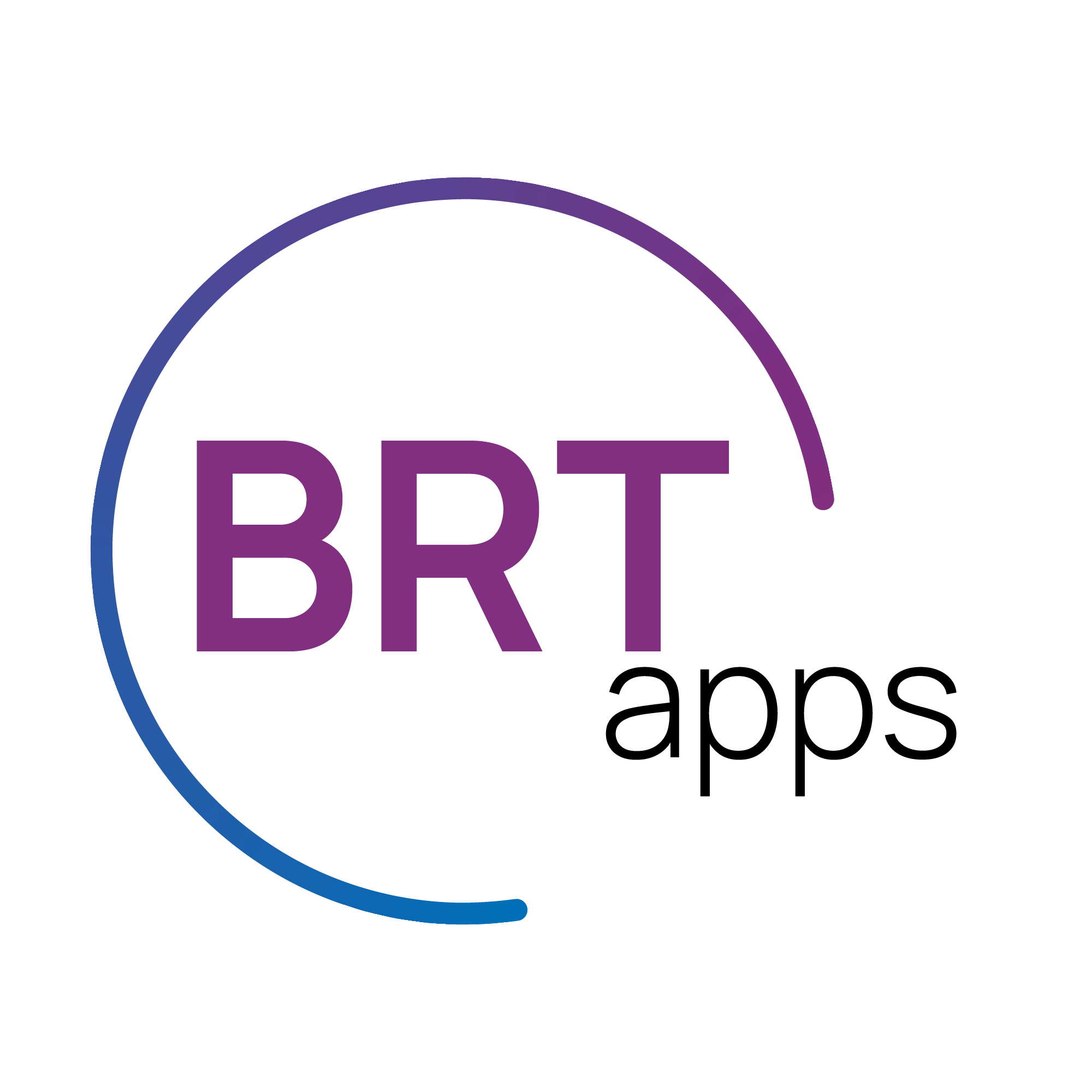Teachers have many different tools for developing students’ reading skills (e.g., curriculum strategies, tactics learned through professional development or experience). Considering the increasing number of products circulating in schools, a well-known reading researcher once wondered about the number of strategies teachers truly need to help students learn to read (Graesser, 2007)[1]. Of course, there’s no magic number of strategies that teachers should use to teach reading; what matters is how well the strategy application fits the “grain size” that students need. Dr. Graesser’s point was to shine light on the different ways that reading strategies are used in the classroom, and the importance of intentionally selecting the right size of strategy for a particular learning need.
For example, a broad, general (big grain-size) instructional strategy works well for inexperienced students or when introducing a complex task. But it will become less appropriate as students gain mastery. A small grain-sized strategy, containing more details or nuanced understandings, is better suited for advanced learning needs (but too complex for beginning readers). The ideal, then, is to have enough strategies that are “just right” to meet diverse classroom learning needs.
Checking your Strategy Grain Size
What are the grain sizes of your reading instruction strategies? Let’s walk through how to sort them. Imagine that after reviewing a student’s pattern of errors on CBMSkills Short and Long Vowels task, you notice a repeated pattern of incorrectly applying the silent/magic e rule (for recognizing long vowel sounds). Ape, rude, note, and lie (among many other words!) would be challenging for this student to identify when reading. There are many word study strategies that you could use to help your student master this phonics principle. Below I list some general strategies with clearly different grain sizes to illustrate their differences and help you assess where yours might fit.
Large (Broad, Basic) Grain Strategies
- Using whole word models that rely on visual recognition of common words (e.g., word hunts, picture-word card activities)
- “Text Walking” (pointing out specific words found in print)
Medium Grain Strategies
- Partial-word activities (e.g., word boxes, word-building games)
- Fill in the blank practice sheets that connect real-world concepts with printed text (e.g., “r__ se” or “ros__” presented with the flower’s image)
- Within word accentuation (e.g., highlighting or tracing a specific pattern in words)
Small (Specific, Complex) Grain Strategies
- Decoding activities (e.g., guided reading practice, spelling games)
- Word writing
These strategies support a wide range of instructional practices for strengthening word recognition skills. The large grain-sized strategies rely on whole word identification, primarily based on visual patterns. The cognitive demands involved for recognizing words are much less than for the smaller grain-sized strategies, which rely on more analysis and decoding of word parts. The medium grain-sized strategies have more visual or semantic scaffolding support than large grain-sized strategies but restrict the amount of complexity involved in small grain-sized strategies. The same words or phonics principles can be practiced across all strategy sizes. What distinguishes them is the intensity of cognitive processing required for practicing word recognition.
Choosing the Right Grain Size
When examining students’ errors on a CBMSkills task, consider the seriousness of the misconception underlying wrong choices. Are students’ selections generally close or very wrong answers (CBM Skills items are designed to help teachers make this distinction)? Very wrong answers suggest the need for a bigger remediation strategy that can anchor learning more solidly with greater support. In contrast, close errors signify the need for rule clarification and practice using a smaller instructional strategy.
One way to further sort through your instructional strategies is to evaluate their function:
- Large grain-sized strategies provide a basic introductory practice with few details about how words are identified beyond repeated, intentional exposure. Precision in how students recognize words is not very important at this point in the learning.
- Medium grain-sized strategies bridge gaps in students’ understanding. They offer some degree of visual or semantic scaffolding support (depending on the student’s skill level), which can be flexibly faded as needed.
- Small grain-sized strategies deepen the level of students’ understanding about a word-recognition rule or concept. They often involve steps or nuanced refinements in skill-building.
Although the number of reading strategies may vary, it’s useful to have at least one strategy at each grain-size level (small, medium, large)to flexibly support students as they learn. So, if you don’t have all three grain sizes covered, be sure to add some to your toolbox!
[1] Graesser, A. C. (2007). An introduction to strategic reading comprehension. In D. McNamara (Ed.), Reading comprehension strategies: Theories, interventions, and technologies (pp. 3-26). Lawrence Earlbaum Associates: Mahwah, NJ.
